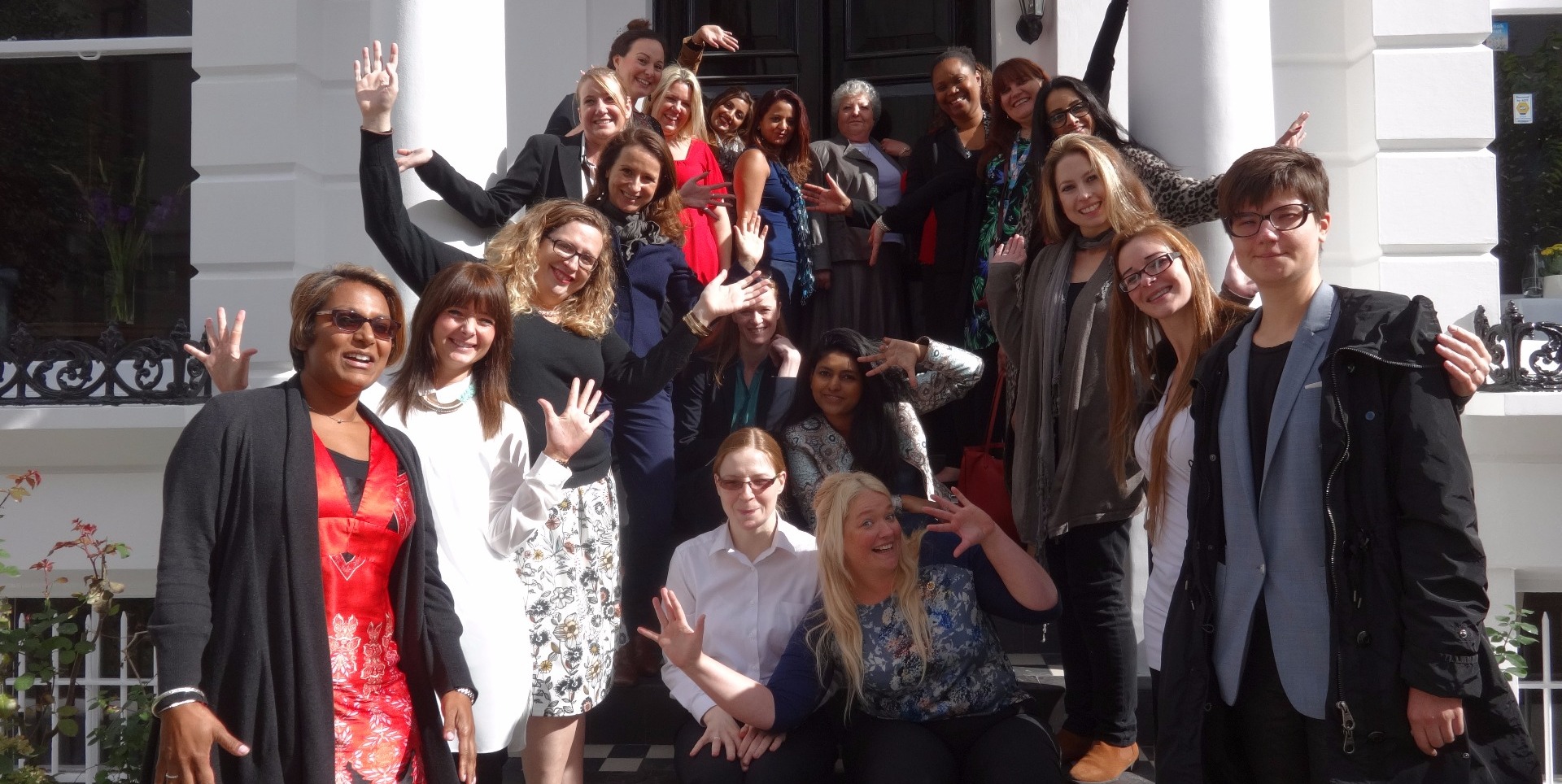What is Freemasonry?
Freemasonry is concerned with moral and spiritual values and consists of a group of people who come together to improve their social, intellectual and moral capabilities. To do this, they use ceremonial and symbolism from the craft of a stone mason.
The three fundamental principles of Freemasonry are Brotherly Love, Relief and Truth.
Brotherly Love - Freemasons are taught to be tolerant towards all people and behave with kindness and understanding towards all.
Relief - Freemasons practice charity and demonstrate their concern for others by charitable efforts and good works. They are willing to give their time, effort and resources towards relieving human hardship.
Truth - Freemasons strive towards the Truth which requires of them high standards in their lives and actions.
Freemasonry is not in itself a religion, but is a way of life: a combination of religion, philosophy, ethics, and a system of moral discipline.
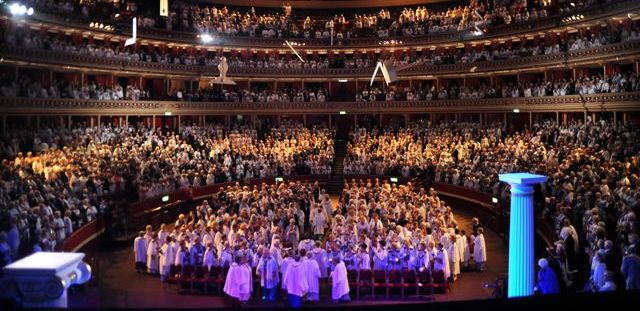
There are Masonic organisations for men only, women only and mixed groups. Freemasonry is open to members of all religions, but a belief in a Supreme Being is necessary because promises are made in the sight of your own God and prayers form an important part of the ceremonies.
Freemasonry can give great satisfaction in whatever way suits the individual – for example, making new friends from all walks of life; being able to contribute to deserving charities, both Masonic and non-Masonic; striving towards self-improvement; the sense of achievement of progressing through the offices of the lodge and of mastering the words and actions of the ceremonies; extending your knowledge by finding out about the history and philosophy of Freemasonry.
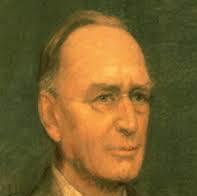
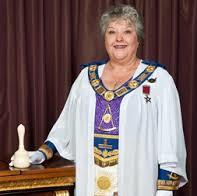
How did it all start?
There is very little historical evidence on the real origins of Freemasonry and therefore many theories abound, of which two stand out. There is a general agreement that Freemasonry developed – either directly or indirectly – from the activities of the medieval stonemasons who built the cathedrals and castles of Britain.
The theory of a direct link suggests that medieval masons came to meet in recognised places (lodges) and like other trades developed initiation ceremonies for new apprentices. As masons went where the work was to be found and travelled all over the country, secret words and actions were adopted to identify themselves as skilled craftsmen.
Early in the 1600s these operative lodges began to admit gentlemen who were not stonemasons. The reasons, and the type of ceremonies practised, are unknown. Over the century more and more gentlemen joined until they were in the majority and the lodges no longer had any connection with the craft of stonemasonry. The evidence for this theory comes exclusively from Scotland.
The second theory of an indirect link maintains that in the late 1500s and early 1600s, in a period of great religious and political turmoil, ‘the originators of Freemasonry were men who wished to promote tolerance and build a better world in which men of differing opinions could co-exist peacefully’ in the neutral atmosphere of their Lodge. They used allegory and symbolism to express their ideas and principles.
As their aim was the building of a better society, they borrowed their symbolism and ceremonies from the builders of the Middle Ages; their framework came from the Bible and the most important building featured in it, King Solomon’s Temple.
Men’s Freemasonry became organised in 1717, when the first Grand Lodge was set up. In 1813 two rival factions were amalgamated into the United Grand Lodge of England, which is the ruling body for men’s Freemasonry throughout the world.
What about the women?
The roots of women’s Freemasonry reach back to the eighteenth-century Lodges of Adoption in France. These Lodges for women were offshoots of male lodges, and under their direction. Nevertheless, they gave women a voice in the public sphere during the Enlightenment period and France was the only country in Europe to do this.
Fast-forward a century – Freemasonry in France was split into several different organisations or Grand Lodges. In 1881 an independent group of lodges there applied for permission to initiate women. The following year they initiated the feminist writer Maria Deraismes at a showpiece ceremony with hundreds of visitors from other Masonic bodies.
Referring to women entering Freemasonry, she said at her Initiation: ‘The door that you have opened to me will not be closed upon me and all the legion that follows me’. Nothing else happened for a decade until in 1893 yet another Grand Lodge was formed – but this time for an Order admitting both men and women – called Le Droit Humain.
Co-Masonry (mixed Masonry) was brought to England by the women’s rights activist and leading Theosophist Annie Besant, who saw in it the potential to expedite the cause of universal brotherhood and to restore women to their rightful position in Freemasonry. She and some friends went to Paris to be initiated into the French Lodge in 1902. In the same year Besant established a Lodge of Le Droit Humain in London and other Lodges followed throughout the country.
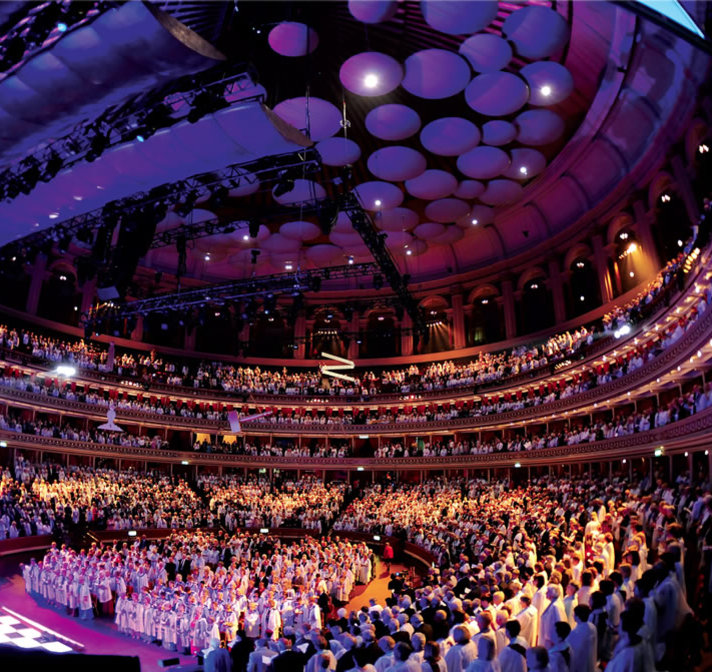
Our Order
Besant however was an autocratic leader and also spent much of her time away in India. These factors led to dissent over the governance of the Co-Masonic Order, the rebels being led by the clergyman William Cobb. They also objected to control from France and to the Theosophical elements of the ritual and ceremonies. They wanted to practise Freemasonry on the same lines as the male United Grand Lodge of England. In 1908 the Revd Dr Cobb headed a group which seceded from Besant’s Order and created another Masonic organisation for men and women called the Honourable Fraternity of Antient Masonry (HFAM). This was the group which is now known as the Order of Women Freemasons. Under the charismatic leadership of Cobb and his successor Marion Halsey, this became the largest British Masonic Order admitting women.
The First World War caused a shortage of male applicants coming forward to join, and this, together with the disapproval and sanctions of the men’s United Grand Lodge of England, eventually led to HFAM becoming a single-sex Order for women only in 1935. From a small beginning in 1908, there are now over 300 Craft Lodges in the UK, Canada, South Africa, Zimbabwe, Australia and Spain, together with various Higher Degrees.
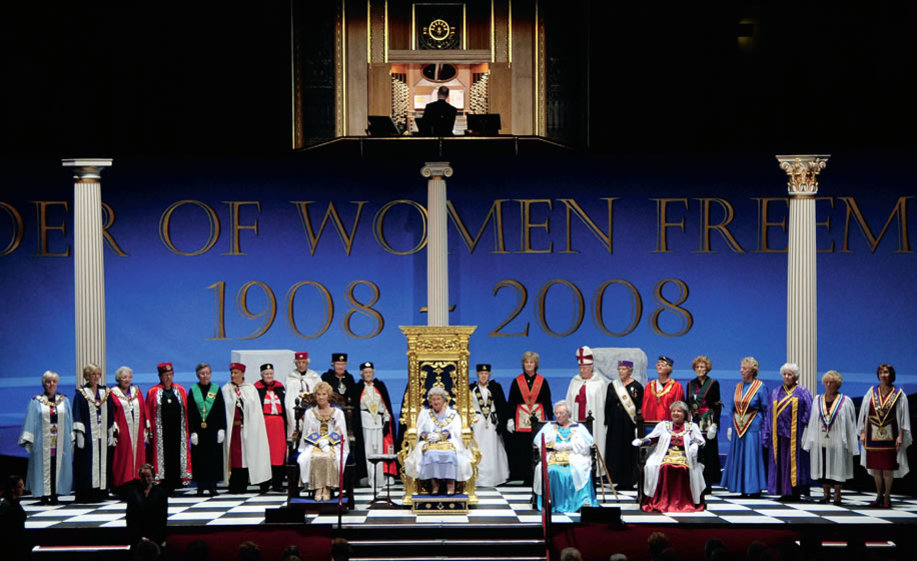
Structure
A candidate takes three ceremonies – the First, Second and Third Degrees – to become a Master Mason. Each of these Degrees teaches a different principle by means of allegory and symbols. The Master Mason can then in time work through the progressive offices in the Lodge to become Worshipful Master, the highest office the Lodge can give. The holder usually changes annually. Other non-progressive offices of the lodge are Chaplain, Treasurer and Secretary, which are usually taken by senior members.
Lodges are grouped into geographical areas, under the governing body of Grand Lodge, which is headed by the Grand Master.
Dress & Regalia
In the early days of the Order, formal evening dress for ladies and white tie and tails for gentlemen was the rule. Two world wars inevitably brought changes in fashion and today the dress code is floor length evening wear and a surplice of white voile. Some lodges have their own traditional colour code for certain occasions. Our regalia is almost identical to that worn by United Grand Lodge and consists of an apron (which varies in design and colour according to office and rank) and a ‘collar’, a 10-cm wide ribbon reaching to waist level and bearing a jewel at the point (the jewel reflecting the office held and the colour of the collar showing rank).
For more information please feel free to contact us at enquiries@owf.org.uk, or fill out the form on our contact page





